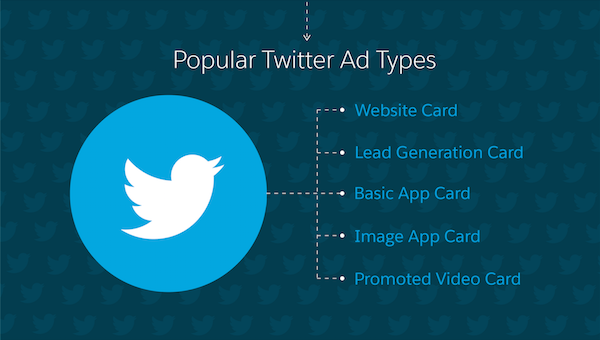
Get your FREE 30-day trial.
Please complete all fields.
Twitter’s emergence in the direct response market over the past few years has not gone unnoticed. In 2014, it had a push towards objective-based campaigns and performance-based bidding and unveiled its mobile app promotion tools. This year, Twitter has both refined these offerings and increased creative options, for example by the introduction of the video app card as well as cost per install bidding. Throughout this post, I’ll be using the perspective of an outdoor sports store looking to engage a Twitter audience to help generate leads for the business, in order to highlight the four key ways to leverage Twitter’s wide range of direct response offerings.
Making sure your ads are being served to relevant audiences is a great way to ensure that you’re efficiently reaching your target demographics. As well as basic demographic targeting, Twitter now offers powerful ways of layering in first-party and behavioral data with outside data, just to make sure your audience is exactly right.
Tailored audiences (similar to Facebook Custom Audiences) allow you to target specific groups of people who are part of your customer lists according to their email addresses, phone numbers, or Twitter usernames. With Salesforce Active Audiences, you can securely automate the creation of these audiences on Twitter. These audiences can be inclusive or exclusive, allowing you to take your customers on a conversion journey.
Behavior targeting allows you to layer your audience with Twitter partner data; the data is based on users’ online and offline activities. To help put this all into context, our outdoor sports store could upload a tailored audiences using their current email lists to target interested users, or could exclude this audience in order to generate new leads and keep their ads fresh. Further layering with behaviors could be used to target outdoor enthusiasts; drilling down this deep will mean your potential reach will naturally shrink, however you’ll receive better, more relevant results from the people that matter to you.
Twitter has two main ways to call your customers to action. The first is the classic call-to-action (CTA) in the creative body text, for example, “Tweet us your opinion,” or “Click the link below to sign up!” This is a simple, yet effective way to engage your audience; in 2013, Twitter outlined some great examples of body text CTAs. While this can be a great way to start, investing your time in crafting Twitter Cards is the next natural step.
Twitter Cards are a powerful way to engage your audience by utilizing your creative text, an image and the best part, a call-to-action button — you can see all of the Twitter Cards in our new infographic. Free up those 140 characters by directing the customer to a CTA button, which helps to reinforce the desired action of your customer.

Again, helping to bring this together, our outdoor store has decided to run a competition to win a bike, with the aim of engaging users and collecting information for later re-marketing. By choosing a Lead Generation card, the outdoor store can take advantage of an image, a call-to-action button, as well as a quick user-facing button which allows the user to share their email address in a matter of seconds.
Twitter’s launch of objective-based bidding in 2014 means that you only pay for what’s important to you. Being able to enter what a Lead, Link Click, Engagement, App Install, or a Follow is worth to you is a great way to ensure that you’re only paying for the actions you want. Back to our outdoor store; they’ve refined their audience, and have picked the perfect creative. The next step is to choose a bid - the store is looking to only pay when someone shares their email address, which is great as Twitter allows them to pay only when a lead is generated. Additionally Twitter allows you to choose to optimize towards a target bid, ensuring that the outdoor store can have full control of their cost-per-actions.
In late 2013, Twitter introduced their Conversion Tracking offering, where after you hone your creative, gather an audience, and set your price, you can track where your users are going after they have viewed your tweets. The conversion tracking works by placing a tag on your website, and then when your users reach that part of your website where the pixel sits, a conversion is registered. You can use more than one pixel, which will mean that you can track your users on a journey through your website in order to better understand your customer’s journey. Our outdoor store could use the conversion tracking to track their Twitter users after they share their email address - it would be great to measure whether users continued to look at bikes, or actually decided to look at other items in the webstore.
Taking full advantage of the advanced creative, targeting, bidding, and tracking capabilities that Twitter has to offer you will give you powerful ways to engage with your audience. There’s so much more to explore with Twitter advertising, and you can check out how to get started with Twitter on Salesforce Social.com today!